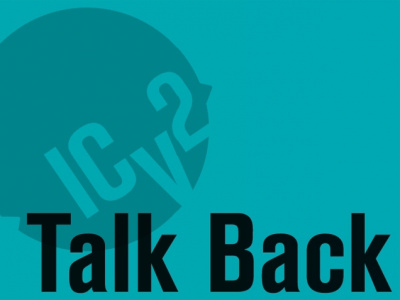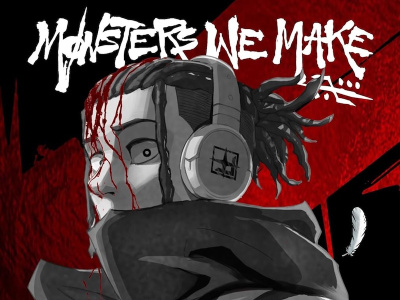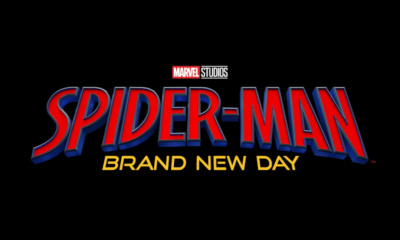
I Think I Can Manage is a weekly column by retailer Steven Bates, who runs Bookery Fantasy, a million dollar retail operation in
Diamond Comic Distributors owner Steve Geppi has acquired Morphy Auctions, which specializes in collectible Americana (cast iron goods, mechanical banks, western memorabilia, tin toys, Disneyana, etc.), along with the auction house's retail division, the Adamstown Antique Gallery. Based out of
I looked up the term 'diversification' on www.1000ventures.com (Ten3), a very informative website offering a wide spectrum of business 'coaching.' Ten3 defines 'diversification' as 'improving core process execution and/or enhancing a business unit's structural position;' in other words, diversifying increases the competitive advantage of a company. This can be achieved a number of different ways, including internal projects and strategic alliances. Geppi's preferred method seems to be horizontal (and, to some extent, geographical) diversification through acquisitions and mergers;
- To acquire complementary products, in order to broaden the line
- To acquire new markets or distribution channels
- To acquire additional mass, and benefit from economies of scale
- To acquire technology, to complement or replace the currently used on
Merger synergies are great as they may give companies the needed technology, people, infrastructure, global sales, marketing and distribution opportunities.
It seems obvious that Geppi is simply increasing the scope of his already impressive collectibles business, adding divisions that synergistically complement the established infra- and superstructure of Diamond. The items sold through Morphy Auctions (and Adamstown Antique Gallery) are simply historical and cultural cousins to the comic books, Big Little Books, rings, artwork, and other collectibles already offered by Diamond Galleries.
First, I'd like to congratulate and thank Mr. Geppi for his acquisition. A healthier Diamond means a healthier comics industry, which translates into a healthier shop for me. Though I'm no expert, I'd guess that, generally speaking, antiques and
I also think retailers should look at Diamond's business model and see if it can't be applied to your own business. Many comic and gaming shops fail because a downturn in the industry or the economy sinks them. Diversification provides a 'buffer zone' or two against taking too big of a hit when every customer suddenly turns against Product X. Of course, the lines you diversify into must be complementary to your business and appealing to your existing and potential customer base. Many shops do well with toys, action figures such as Batman, Star Wars, and Transformers. These do well with many of our established customers. Would I sell as many Barbies or Cabbage Patch Dolls? Probably not, though another store might.
Sometimes diversification is part of a long-term plan; other times it's more temporary. Beanie Babies and Pogs are good examples. Many retailers used these transient fads to bolster their bottom line, catering to collectors with short attention spans and a lot of disposable income. When demand dried up, dealers moved on to 'the next big thing' to increase sales and cash flow. On the flip side, investing time, energy, and money into a product line and building a clientele over time can really pay off, earning you a reputation as THE expert in your area. Does anybody in a fifty mile radius of Golden Apple even carry yo-yos? Why would they? For decades, the late Bill Liebowitz dominated that market, built by his love of the product and enthusiasm for the hobby. Could the Bookery do as well with yo-yos? No, and we actually tried. But we have successfully integrated Silver and Golden Age Collectibles, Modern Comics, Games, Toys, and DVDs in one business. Diversification has, over the years, allowed us to survive when sales dipped or disappeared on one or more of the other lines.
This week's news reads 'Geppi Acquires Auction House.' What headlines are you writing for your company? What's next for you?







